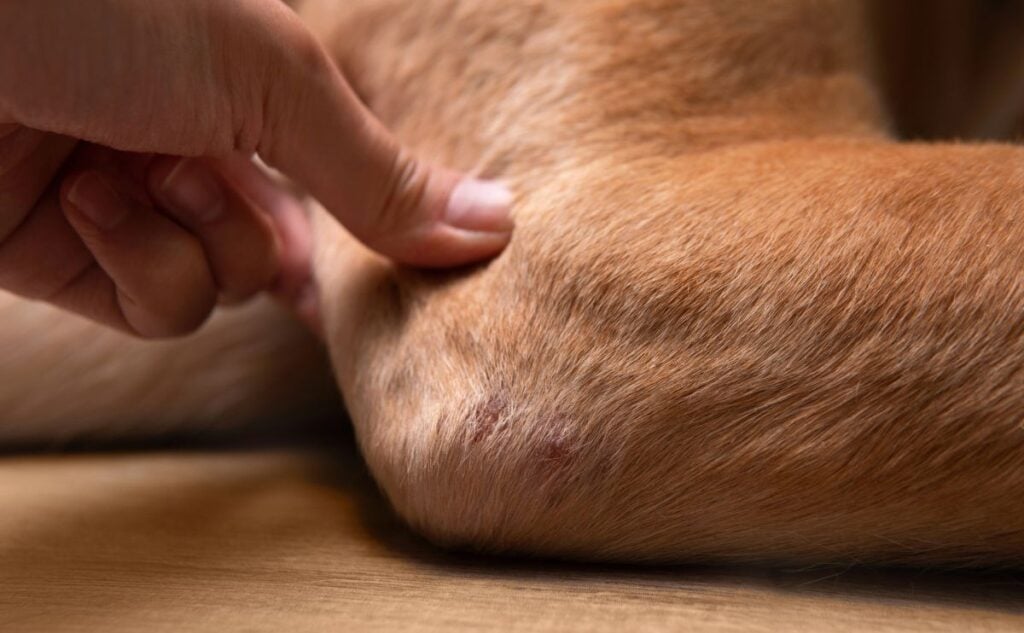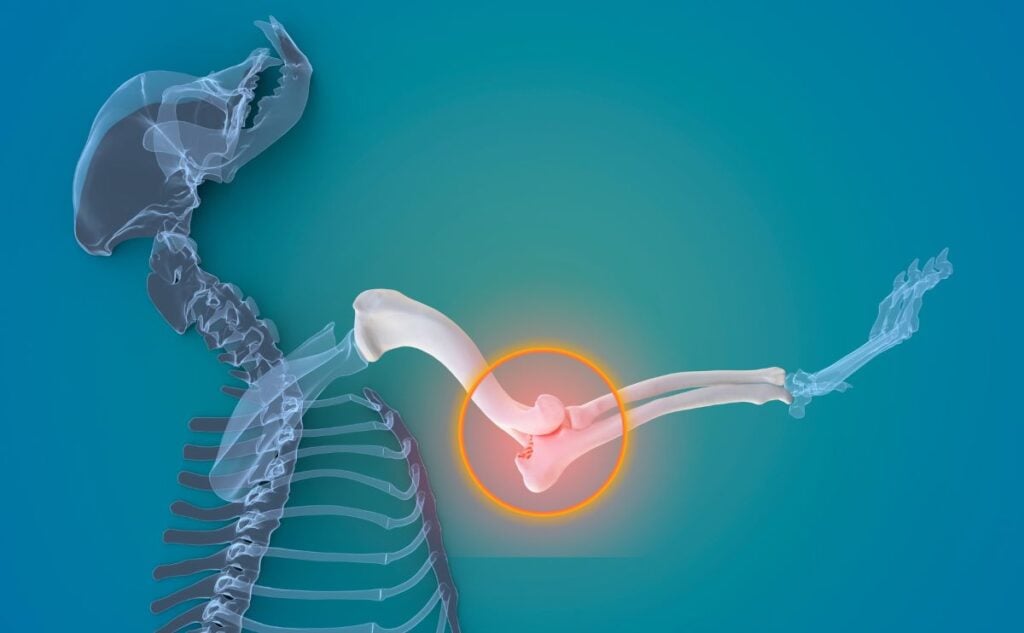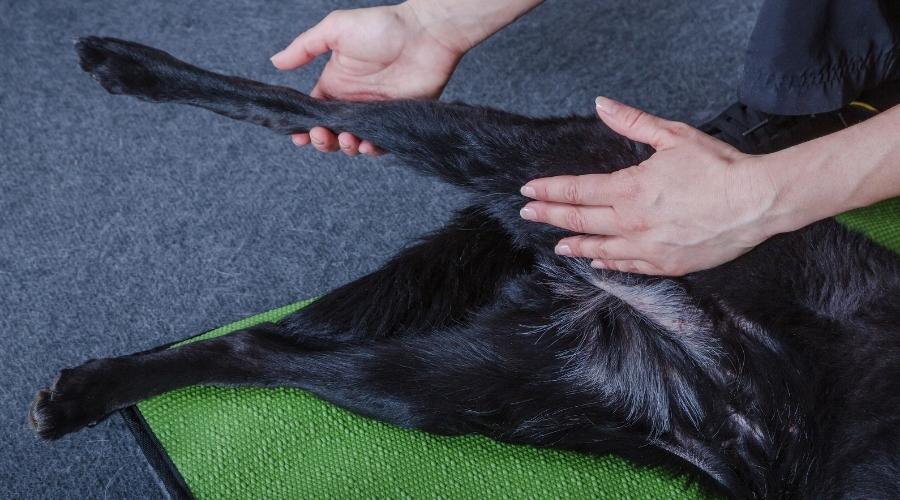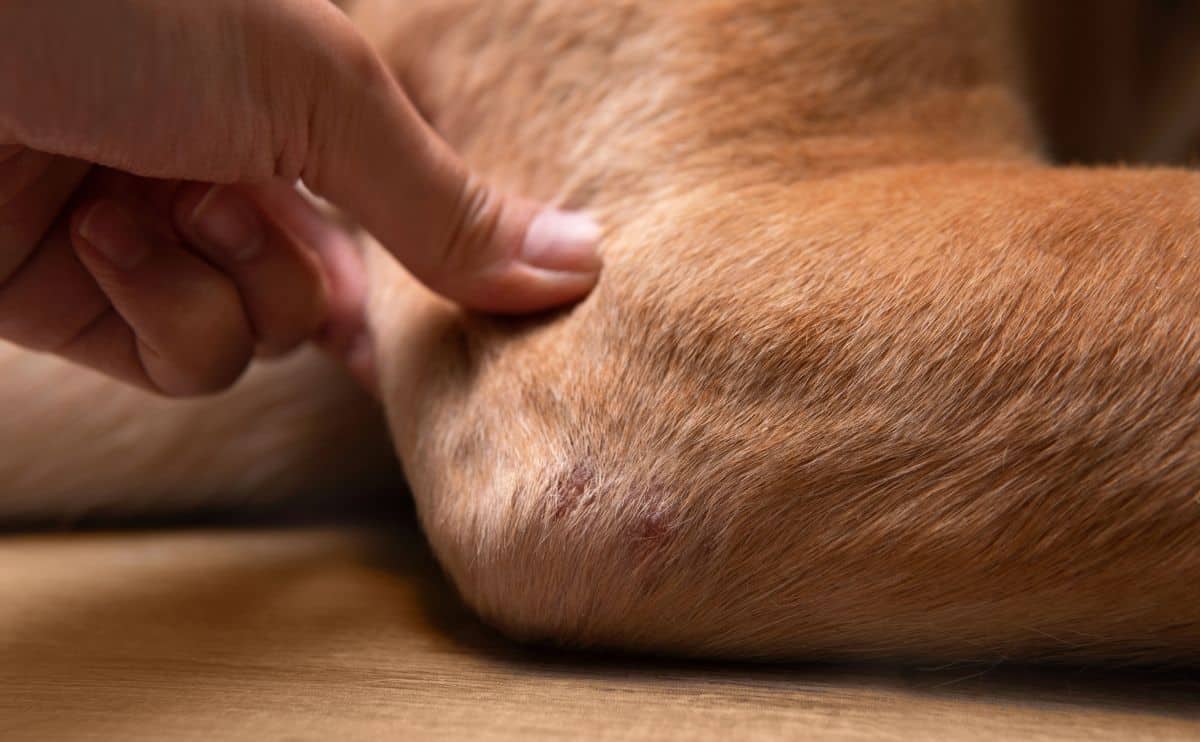If your dog is limping on a front leg, showing an unusual gait, or avoiding exercise, they might have elbow dysplasia—a genetic condition that often affects young dogs and impacts quality of life. Here’s a breakdown of what this condition entails, its signs, diagnosis, treatments, and prevention strategies.

Canine elbow dysplasia (ED) refers to abnormal elbow joint development caused by cartilage defects, irregular bone growth, or joint stress. The elbow involves three bones—the humerus, radius, and ulna—that must align perfectly for smooth movement. With ED, growth irregularities disrupt this alignment, leading to uneven weight distribution and joint damage. This term covers several issues, including fragmented medial coronoid process (FCP), ununited anconeal process (UAP), osteochondrosis (OCD), and elbow incongruity, which often occur together.
What Causes Elbow Dysplasia in Dogs?

Primarily inherited, ED can also link to poor nutrition, cartilage growth issues, joint trauma, or hormones. Symptoms often appear by five months, though mild cases may surface later. Up to 80% of affected dogs have both elbows involved (bilateral ED).
Breeds at Higher Risk
Large and giant breeds face higher risks, with over 160 breeds documented. Common at-risk breeds include American Bullies, Bernese Mountain Dogs, Bulldogs, Chow Chows, German Shepherds, Golden and Labrador Retrievers, English Springer Spaniels, Newfoundlands, Pugs, and Rottweilers.
Recognizing Symptoms

Key signs include intermittent front-leg lameness (hard to pinpoint if bilateral), stiffness after rest, reluctance to stretch the elbow, and reduced activity. Other indicators are a head bob while walking, inward paw/outward elbow positioning, limited mobility, swollen joints, and abnormal gaits. Without treatment, arthritis often develops, causing chronic pain.
Diagnosis
Early diagnosis improves outcomes. Vets start with a physical exam, checking gait, joint mobility, and tenderness. X-rays are standard; CT, MRI, or arthroscopy may provide clearer details. ED is graded (I-III) based on imaging, though severity doesn’t always match symptom intensity.
Grading Criteria
- Grade I: Minimal bone changes (≤2mm) on the ulna’s anconeal process.
- Grade II: More bone growth (2-5mm) and subchondral changes.
- Grade III: Advanced degenerative joint disease with >5mm bone growth.
Treatment Options

Treatment depends on cause and severity. Surgery is often preferred, though mild or advanced cases may use medical management.
Surgical Approaches
Orthopedic specialists may perform arthroscopic surgery (removing fragments, realigning joints), arthrotomy, or osteotomy. Severe cases might need joint replacement (rare due to cost and risks). Post-surgery, rest (2-6 weeks) and rehab (physical therapy, hydrotherapy) aid recovery. While ED isn’t curable, 85% of dogs see improved lameness and comfort, though arthritis may progress.
Medical Management
- Controlled exercise (avoid high-impact activities)
- Weight management to reduce joint stress
- Physical therapy (massage, hydrotherapy, laser treatments)
- Supplements (glucosamine, chondroitin, green-lipped mussels)
- Anti-inflammatories (NSAIDs, corticosteroids)
- Injectables (Adequan, PRP, Librela)
Pet Insurance Considerations

ED treatment costs $1,500-$4,000 per elbow. Pet insurance helps cover expenses but excludes pre-existing conditions. Enroll early, before symptoms appear, to ensure coverage.
Prevention
Large/giant breed puppies need controlled growth—feed large-breed puppy food to support joint development. Maintain a healthy weight to reduce stress. Choose breeders who screen for ED and other hereditary issues to lower genetic risks.
Supporting Mobility
Dogs with ED often develop arthritis. Consider orthopedic beds, ramps, or anti-slip flooring to enhance comfort and mobility.
Our team combines decades of pet health expertise, researching and reviewing canine conditions to provide reliable guidance.

